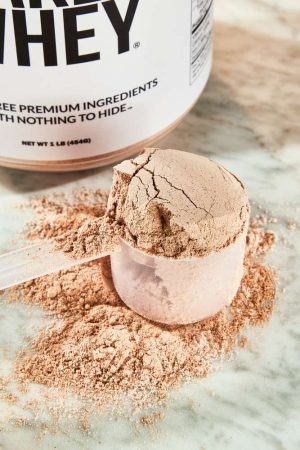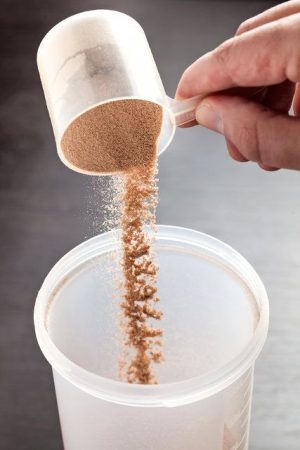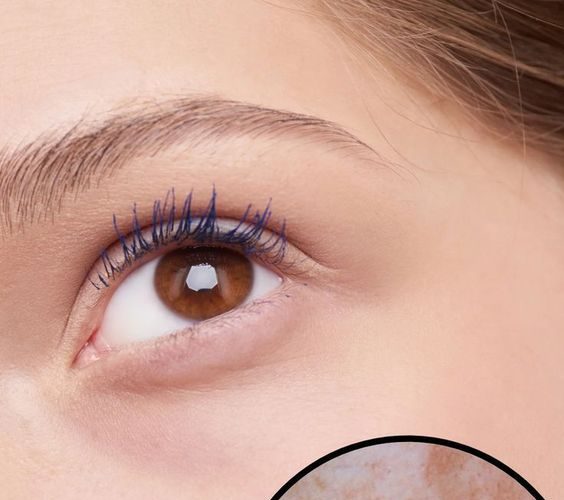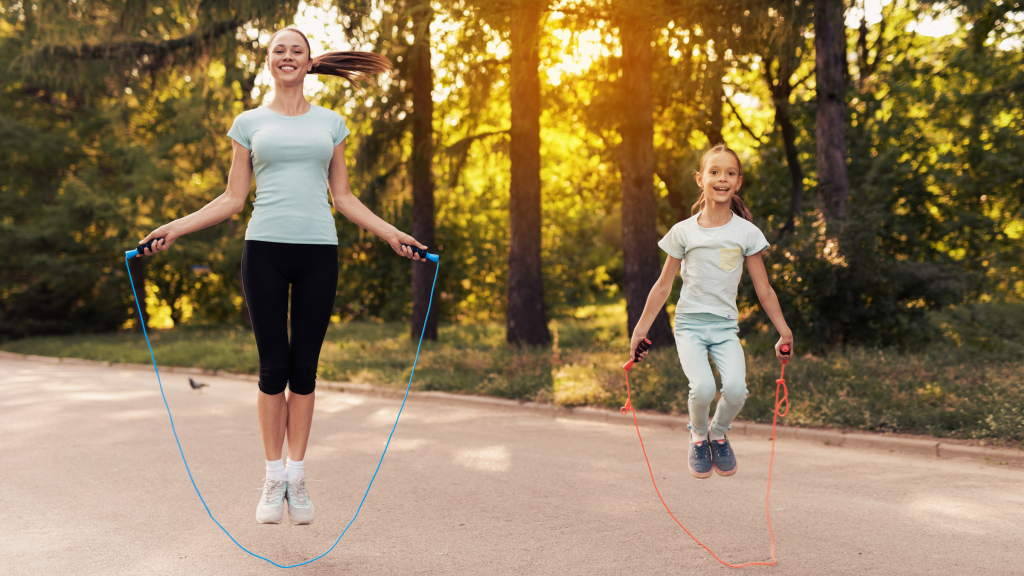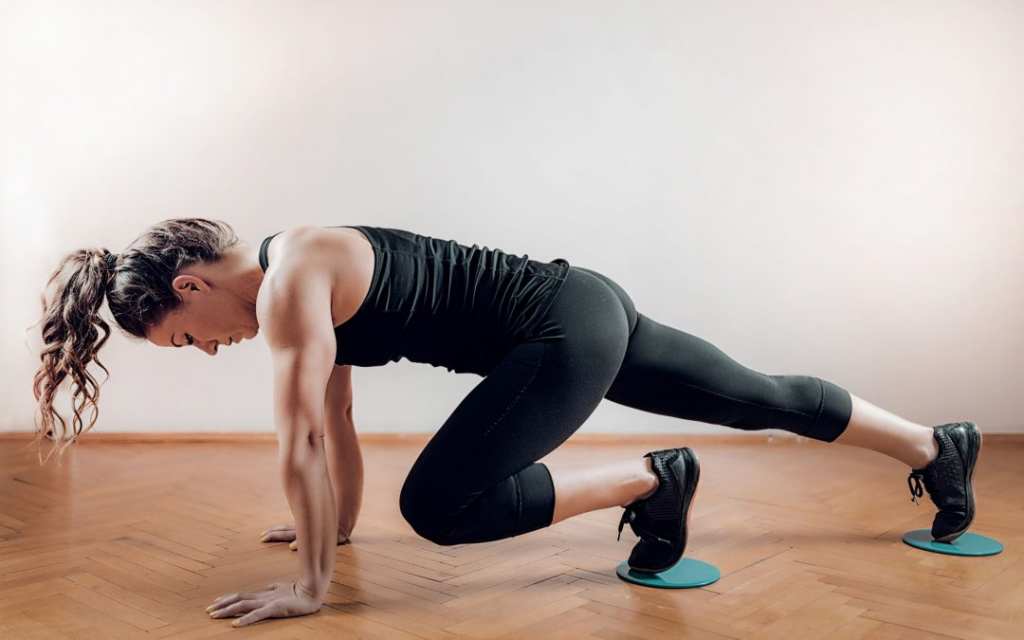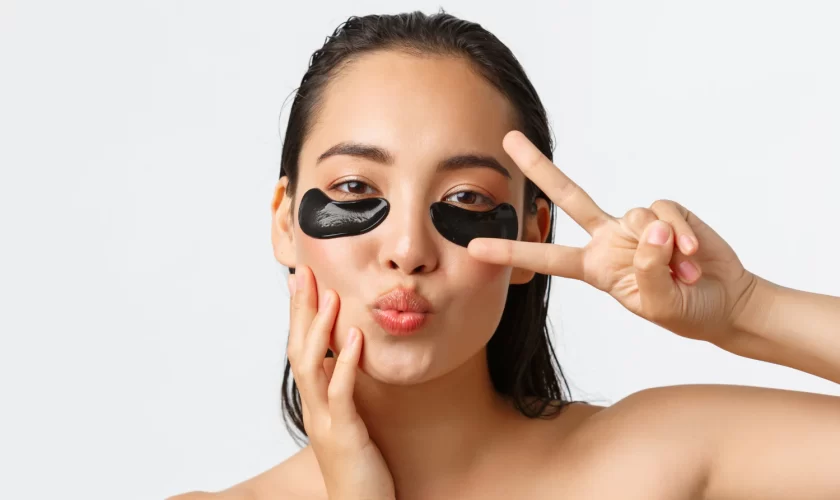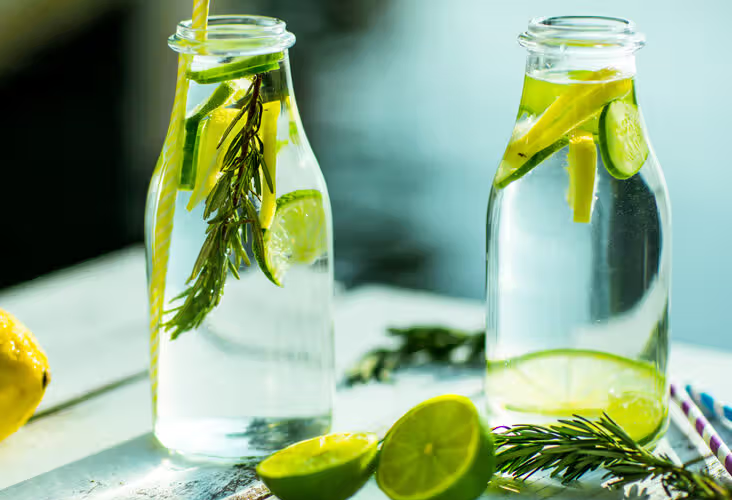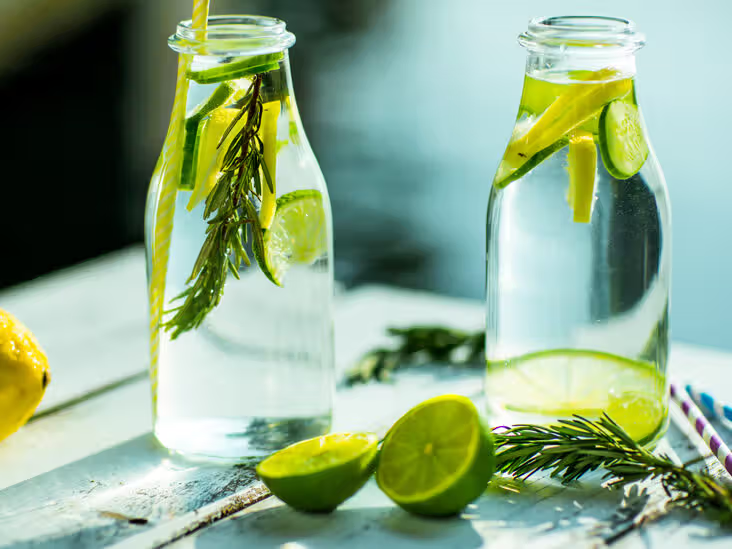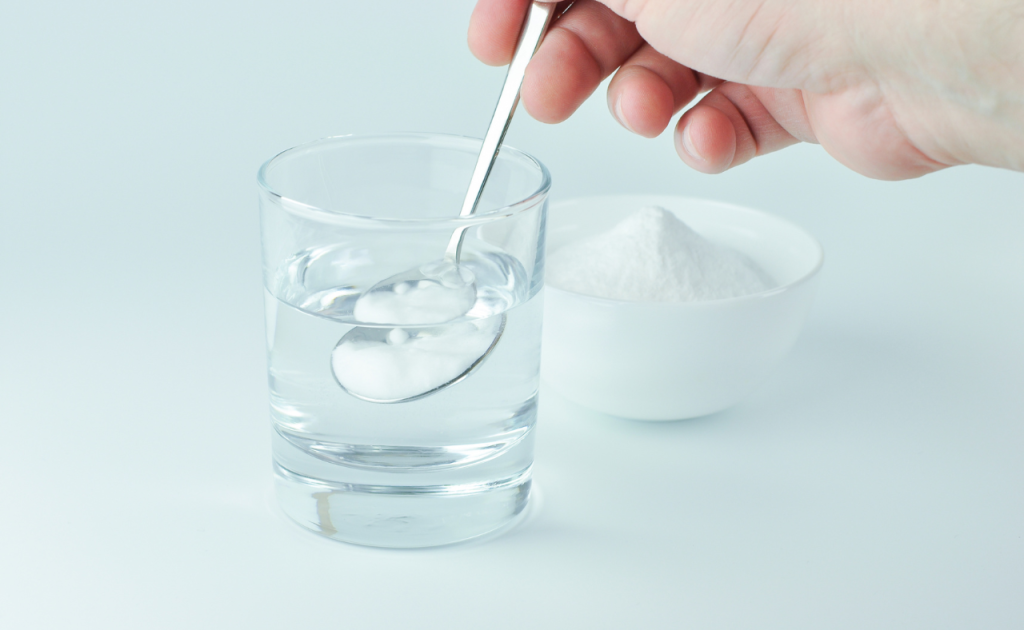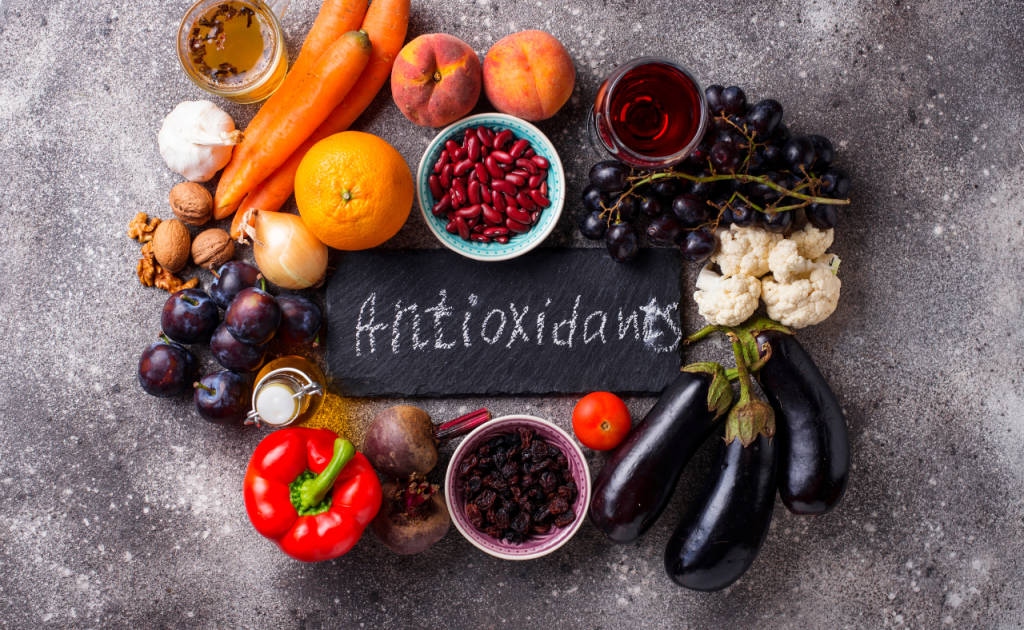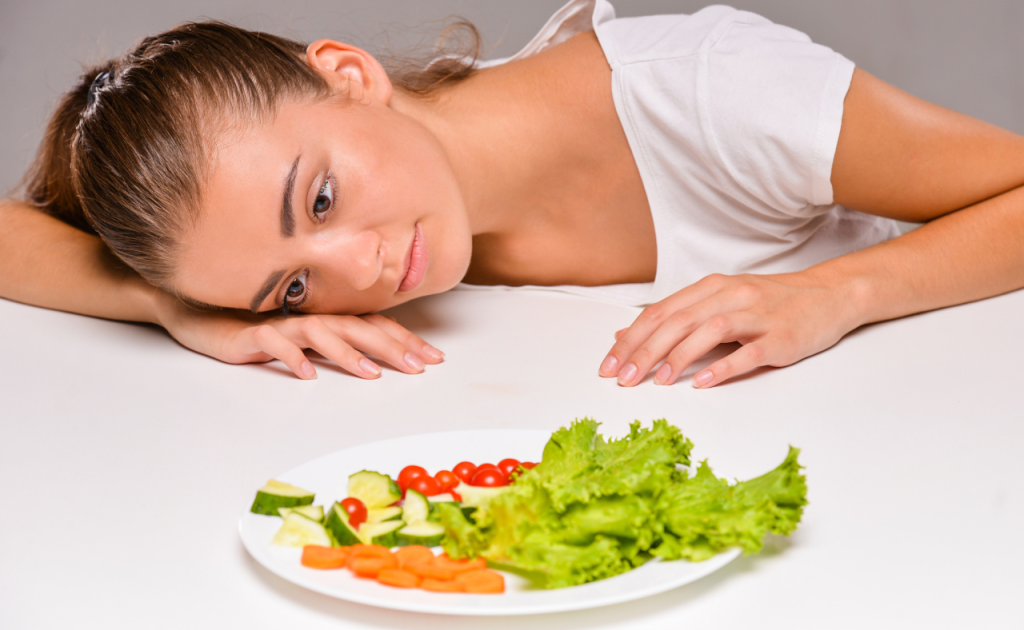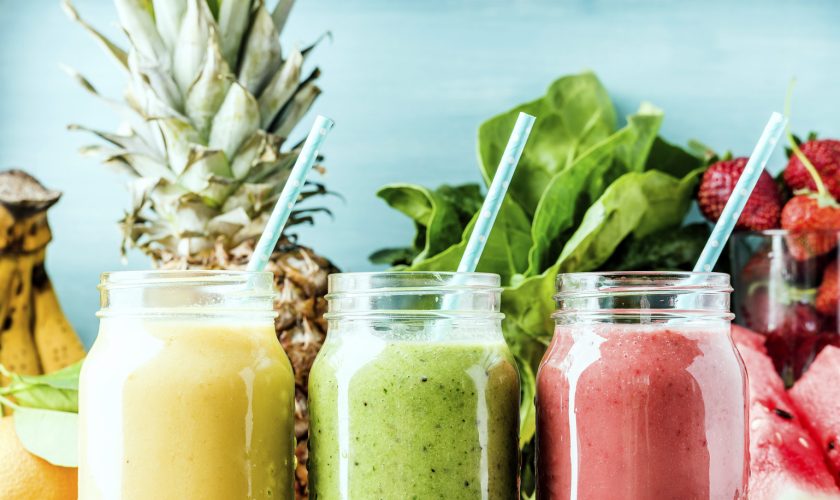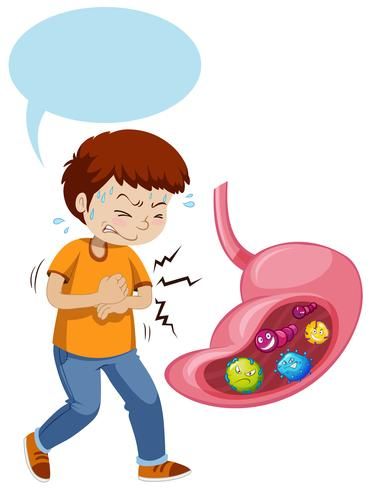Introduction
Whenever your heart beats, the blood is pumped against the walls of arteries. Arteries are nothing but the blood vessels that circulate the blood in a human body pumped by the heart. The level of blood pressured against the walls of the arteries is called the Blood Pressure (BP). The main artery against which the blood pressure is measured is called the Brachial artery.

There are two types of Blood Pressure. One is measured when the heart is fully active and working. This is the time when your heart beats and pumps the blood into the Brachial artery. This Blood Pressure is called the Systolic Blood Pressure. The second type of pressure is measured when the heartbeat is at rest, usually in between the beats. Now, the pressure of the blood falls and the reading is recorded as the Diastolic pressure. Blood Pressure is typically a reading of this Systolic pressure over the Diastolic Pressure. The unit in which it is measured is Millimeters of Mercury (mm HG). A reading of 120/80 mm HG is usually regarded as normal Blood Pressure.
In this article, we shall talk about the high BP condition and 10 of the most effective remedies through which it can be cured at home along with the medication prescribed by your physician.
High BP Conditions: Causes and Symptoms
High BP can be determined by two important things: The amount of blood the heart is pumping against the arteries and the thickness of the blood so that it can move easily between the arteries. If the heart pumps more blood or if the arteries are narrower to take it through the body, the condition can lead to high BP or what we call Hypertension. The condition of high BP is the result of the extreme force of blood pushing against the walls of the Brachial artery constantly leading to the artery becoming slimmer or narrower to carry blood because of this high pressure. This condition can permanently damage the artery and can lead to heart stroke or heart attack. The reasons for high BP are not known and thus it is often termed a silent killer by medical practitioners. However, unhealthy eating patterns, abnormal sleep patterns, sedentary lifestyles, smoking, and overconsumption of alcohol are the reasons known for the high BP. A BP higher than 120/80 can be called a high BP condition.
When you are suffering from a high BP condition, you should always seek advice from a trained doctor or medical practitioner. With the help of a trained medical professional and a couple of lifestyle changes, you can take care of the condition.
I am going to list some home remedies for you to adopt in case you are suffering from high BP. These remedies of course are some quick ways to tackle the condition at home. But these should be adopted together with the consultation of your doctor.
Remedies for High BP
- Intake Less of Sodium: The first and foremost step toward controlling the high BP is cutting down on Sodium intake. A high intake of sodium leads to the retention of liquids in your body, causing high fluid volume in the arteries, thus causing high BP. You should take a low amount of sodium or salt in your diet which can bring down the high BP. In a normal human being, one tablespoon of salt is enough for a day. In terms of milligrams, as low as 1500 mg and as high as 2300 mg are sufficient for a normal human body depending on different body constitutions and builds. Consult your doctor about how much salt intake you require for your body weight and measurement and start consuming only that amount. Taking limited sodium can be fructifying for controlling high BP.

2. Increase Potassium Intake: Potassium intake can do wonders if you are suffering from high BP. Potassium helps flush out the sodium from the body. Potassium relaxes the walls of the arteries thus causing blood pumped against them in the correct amount thereby diminishing the chances of lowering the high BP. Potassium can be found in daily routine food such as beans, peas, dry fruits, and fruits and vegetables, such as spinach, cabbage, banana, papaya, and dates. A high intake of potassium can lower the risk of high BP by as much as 10%.

3. Follow a Balanced Diet: A low-fat diet can prove to be beneficial for maintaining an optimum BP. Eat a lot of fiber-rich food, such as atta bread, pasta, rice, etc. Eat a lot of fruits and vegetables, such as bananas, blackberries, beetroots, yogurt, nuts, etc. You can include seasonal green leafy vegetables as well in your dietary intake.

4. Maintain an Appropriate Weight: An ideal weight for a person is height in cm minus 100. Thus, for example, if your height is 165 cm. Then your ideal weight would be 165-100, which is 65 kg. Maintaining an ideal weight for BP patients is very important. Losing weight can prove to be a boon for patients who are overweight and hypertensive. The more you lose, the lower your BP would be. Reducing body weight will also reduce the intake of medication that you might be having for your BP.

5. Cut Down on Smoking and Alcohol: Nicotine which is present in cigarettes can hamper the proper functioning of the heart and thus can affect BP. Nicotine a chemical found in cigarettes increases hormones in the body which can increase the level of BP in the body. When released, these hormones can shrink and expand in the arteries, which can impair the way blood pumps through the arteries. The same goes for drinking. Drinking too much alcohol can narrow your arteries and can make your heart malfunction by not allowing it to circulate blood in your body.

6. Exercise: Exercise should be in your daily routine to tackle the problem of BP. Simple physical training exercises and some others such as cycling, jogging, swimming, etc can have a significant effect on your BP in terms of lowering it. Your both Systolic and Diastolic BP can become optimum once you start exercising. Many people who engage in regular exercise know that the effect of a 30-minute workout can have a lasting impact for 24 hours. Thus, it is very important to take exercises.

7. Avoid Sleep Disorders: A sound sleep of 8-10 hours is a must for a healthy body and mind. So is true for curing high BP conditions. Studies show that a night of good sleep can lower the BP by many notches. It is called the nocturn dipping. It is also proven that people with sleep disorders are more prone to high BP. Sleeping for less than 6 hours, sleeplessness, and interrupted sleep patterns all can contribute to high BP. Thus, it is very important to have a sound sleep.

8. Manage Stress: There is a term in medicine called situational stress. This type of stress can be a major contributory factor for high BP. Many of us know that our body produces hormones when it is stressed. This increase in release of the hormones can cause a condition that impairs the proper functioning of the heart because of the narrowing of the arteries, resulting in high BP. Thus, BP patients should avoid stress.

9. Drink Lots of Water: Water is a blessing that is available free for all. It is a godsent nectar that can prove to be a haven for BP patients. Dehydration is one of the major causes of high BP. If you do not drink plenty of water (8-10 glasses), you are risking the stay of sodium in your blood because it is not flushing out regularly. Sodium as we discussed is again a contributing factor for high BP. Water also helps retain potassium in the body, which is also required for maintaining your BP. Thus, drink enough water for appropriate flushing out of sodium from your body.

10. Engage in Regular Physical Activity: Physical activity does not pertain to only exercising. Walking half a km after dinner, taking breaks from sedentary work by taking a walk of 10 minutes, and walking while talking on the phone are some of the good habits that you should adopt for lowering your BP. Physical activity can do wonders for a patient with high BP. Physical activity is not only good for high BP directly; but it also helps reduce stress, manages your weight, and strengthens your heart, which can be fruitful for lowering the BP in the long run. A walk of 7,000 – 10,000 steps daily can be beneficial.

Conclusion
Patients with BP conditions should not worry because if they take their medicines regularly and follow some simple remedies at home, they can always deal with high BP. Cutting down salt intake, increasing potassium intake, along with taking regular exercises, and engaging in physical activity can bring down the high BP. These steps taken would have an indirect effect on your body weight, stress levels, sleep disorders, etc; And it will result in lowering your high BP as well.
I do not claim that merely taking these steps would help. You should always take medicines prescribed by your doctor along with these measures. But believe me, adapting to these home remedies will in the long run help fight your battle against high BP.
Stop worrying and start believing and nobody can stop you from attaining good health and a stable BP. All the best in your endeavours to counter this menace and live a healthy BP-free life.




